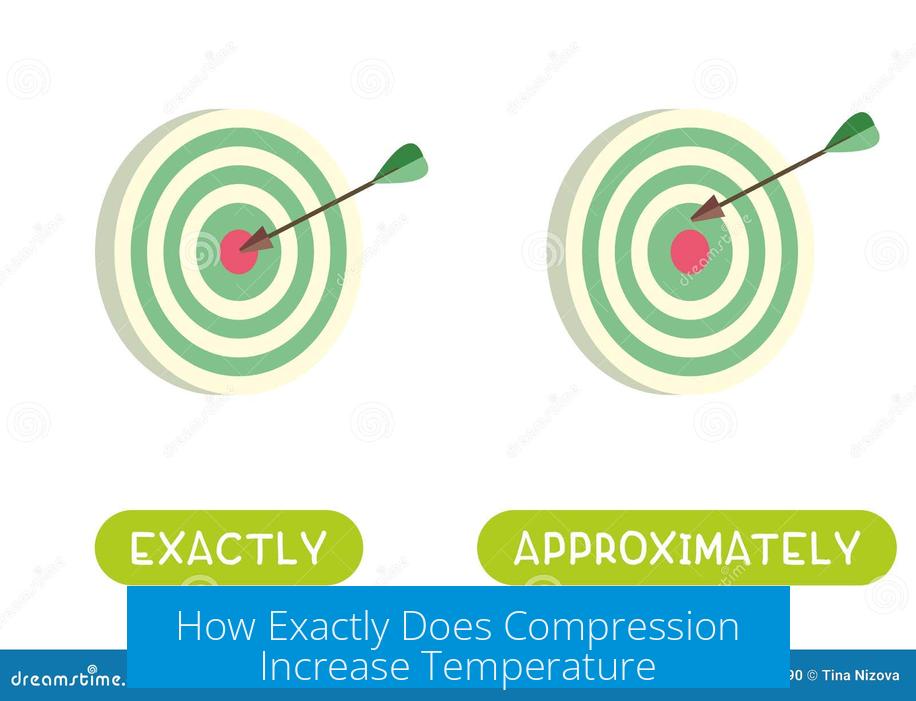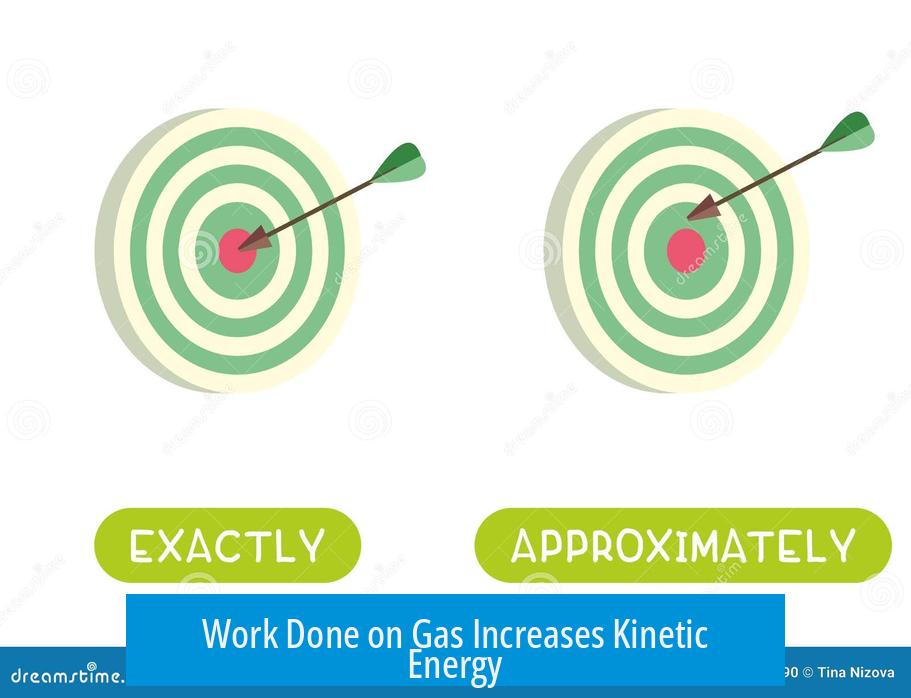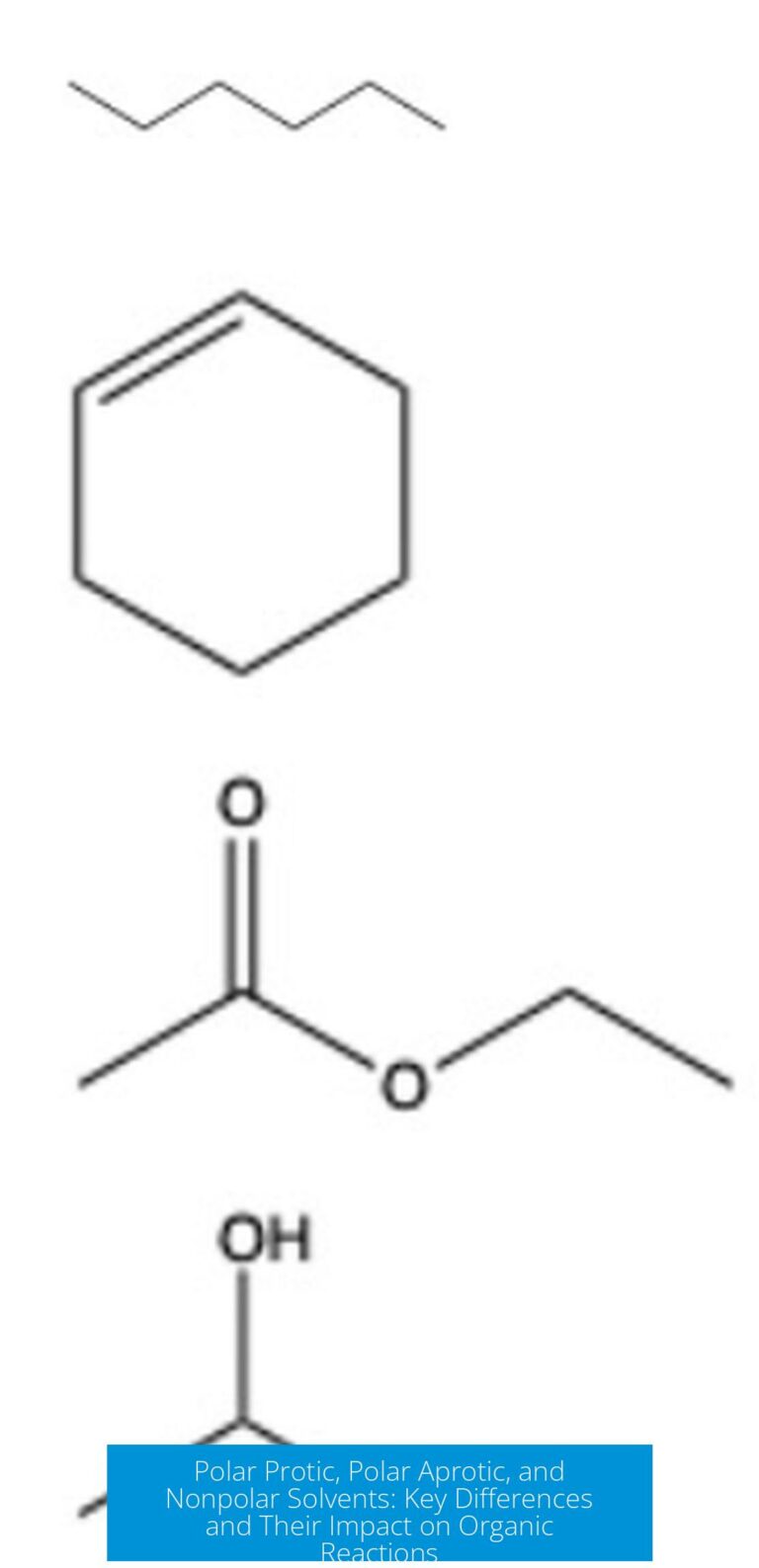How Exactly Does Compression Increase Temperature?

Compression increases temperature by applying external work to reduce gas volume, which raises the kinetic energy of the gas molecules. This enhancement in molecular motion results from particles colliding more frequently and with greater force against the container walls, causing a rise in temperature consistent with the conservation of energy and gas laws.
Energy Transfer During Compression
Work Done on Gas Increases Kinetic Energy

When compressing a gas, energy is required to push the container walls inward against gas pressure. This work transfers energy to gas particles as increased kinetic energy. The particles collide with the moving boundary, gaining momentum akin to a ball bouncing off a moving tennis racket.
As the wall moves inward, each particle collision imparts additional impulse, causing particles to move faster. This higher particle velocity corresponds directly to increased temperature, as temperature quantifies the average kinetic energy of gas molecules.
Conservation of Energy in Compression
The process respects energy conservation principles. Compressing a contained gas reduces volume, increasing pressure and temperature. However, total internal energy remains constant if compression occurs without heat exchange. The energy input through work converts into increased molecular motion rather than creating new energy.
For example, halving a gas volume doubles its pressure and elevates temperature, maintaining the same overall energy. Expanding volume reverses these effects.
External Work Changes the Energy State
Compression requires external work to overcome molecular pressure resisting volume reduction. This mechanical work transfers energy to gas particles, intensifying their motion. The essential fact is that compression alone doesn’t spontaneously raise temperature; it necessitates energy input via work to increase particle kinetic energy.
Gas Particle Behavior and Temperature Increase
Increased Collision Frequency Concentrates Kinetic Energy
Reducing gas volume confines particles to a smaller space. This confinement leads to more frequent particle collisions within the smaller volume. Although individual particle speed might initially remain similar, their increased frequency of impact means energy density rises.
This phenomenon elevates average kinetic energy per unit volume. In practice, the sensed temperature increases because temperature correlates with the energy density of the gas molecules.
- Compression reduces space for particles.
- Particles collide more often.
- Energy density and temperature rise.
Pressure Increase Related to Particle Kinetic Energy
The frequent and forceful collisions with container walls translate into higher pressure. Since temperature relates to the average kinetic energy of particles, increased pressure reflects increased particle velocity and thus higher temperature.
Because temperature is a bulk property, single-particle models do not capture the complexity; instead, it requires statistical treatment of many particles.
Pressure as Force: Acceleration and Kinetic Energy
Pressure equates to the force per unit area exerted on container walls. From Newton’s second law, increasing pressure means increasing force, accelerating particles more intensely. Higher acceleration leads to stronger molecular motion and greater kinetic energy.
Thus, the rise in pressure during compression physically corresponds to increased particle speed and temperature.
Thermodynamic Explanation with the Ideal Gas Law
Ideal Gas Law and Compression
The ideal gas law, pV = nRT, relates pressure (p), volume (V), moles of gas (n), gas constant (R), and temperature (T). By itself, compressing a gas volume does not guarantee a temperature increase. If pressure doubles exactly when volume halves, temperature remains unchanged.
This leads to a key insight: compression does not automatically raise temperature without additional factors.
Work Performed During Compression Adds Energy
Raising temperature during compression happens because of work done on the gas. Work, defined as force applied over a distance, increases energy within the gas. This energy manifests as a rise in kinetic energy due to faster moving particles, thus increasing temperature.
Therefore, any temperature rise during compression results from mechanical energy input, not from volume reduction alone.
Real Gas Effects on Temperature Change
Real gases differ from ideal ones by possessing intermolecular forces that alter energy distribution. Attractive or repulsive forces affect how molecules move when compressed or expanded.
These forces can store energy as potential energy, meaning total internal energy may not solely reflect kinetic energy or temperature. Compression in real gases may show different temperature profiles due to this interplay.
Heat Transfer Versus Compression Effects in Refrigeration
Energy Changes Via Heat Conduction in Evaporator Coils
In refrigeration, gas energy changes do not depend only on pressure or volume changes. Heat conduction between gas and metal coils plays a significant role.
Evaporator coils absorb heat energy from surroundings through conduction. Gas inside the coils gains energy with molecular collisions against the metal surfaces, raising its temperature even if volume stays constant.
Compressor’s Role in Heat Transfer
The compressor facilitates heat exchange by cycling gas through evaporator and condenser coils at different temperatures.
By compressing gas and moving it from cooler to warmer regions, the compressor allows gaseous heat energy dissipation. This mechanical movement modulates the temperature by increasing or decreasing molecular kinetic energy, influenced by external heat flow.
Intuitive and Analogical Understanding
Bouncing Ball Analogy
Imagine gas molecules as bouncy balls in a glass box. If the box’s volume halves, the balls have less room and strike surfaces more often. The increased “noise” from collisions is comparable to the increased temperature of compressed gas.
Motion and Vibration Relate to Temperature
Temperature corresponds to the kinetic energy of molecules. Faster molecular vibrations or translations mean higher temperatures. Compression mechanically accelerates molecules, thus elevating the temperature.
Basic Thermodynamics: Heat Transfers from Hot to Cold
Heat naturally flows from hotter to cooler regions. During compression, mechanical means add energy to gas. This energy is effectively “heat,” raising the gas temperature by concentrating energy within a reduced volume.
Summary of Key Points
- Compression adds mechanical work to gas, increasing molecular kinetic energy and temperature.
- Reduced volume causes more frequent particle collisions, raising energy density and pressure.
- Ideal gas law alone does not imply temperature increase without external work.
- Real gases have intermolecular forces affecting energy dynamics during compression.
- Heat conduction and compressors in refrigeration influence gas temperature beyond volume changes.
- Analogies with bouncing balls help visualize increased collision frequency and energy concentration.
How Exactly Does Compression Increase Temperature? Unpacking the Science, One Particle at a Time
The quick, no-nonsense answer: Compression increases temperature because you do work on a gas, pumping energy into it. This input energy cranks up the particles’ kinetic energy, making them zoom faster—which they show off as a higher temperature. Now that we’ve tackled the main question, let’s dig deeper. Put your lab coat on—metaphorically speaking—and join the journey through bouncing balls, invisible forces, and gas laws that explain this phenomenon clearly and even a bit amusingly.
Energy Transfer During Compression: The Party Starts with Work
Imagine squeezing a box full of gas. You’re not just magically shrinking it. You push inward, battling the gas particles that push back.That effort is called work.
Think about tennis balls bouncing off a racket. If you hold the racket still, balls bounce back at their usual speed. But when you swing the racket toward the balls, they rocket off faster. The racket’s forward motion means energy transfers to the balls.
Same story with gas particles inside a container. When the container’s walls move inward, particles collide with these walls that are barreling their way, gaining kinetic energy (speed). This causes the particles to zip around faster—which we measure as a rise in temperature.
The principle here? Energy conservation. You’re not creating new energy. Instead, the energy you use to squish the gas becomes kinetic energy of its particles.
How does that fit with physics laws? The conservation of energy says:
- Cut the volume in half? Temperature and pressure go up.
- Increase volume? Temperature and pressure drop.
- Energy in the system stays constant unless you do work.
Compression requires external work—think pushing against the gas’s invisible force field. The harder you push, the faster the particles move.
Particles Under Pressure: The Busy Collisions That Heat Things Up
When you squeeze gas into a smaller space, particles get less room to roam. Imagine 50 hyperactive bouncy balls in a glass cube. Halve that cube’s size, then halve it again. The noise level surges because balls bounce more and faster. This noisy chaos is like temperature rising in a compressed gas.
What really heats things up is how often the particles slam into the container walls—and each other. These rapid collisions cramp the kinetic energy into a smaller volume, boosting the pressure.
Pressure, in turn, is the force that particles transfer when they hit surfaces. It represents how hard these collisions push. The higher the pressure, the more energy each particle transfers per bounce.
More force per surface area means accelerated particles, which means higher kinetic energy—and so, yes, higher temperature. Newton would nod approvingly.
The Thermodynamics Tango: PV = nRT in Real Life
The ideal gas law pV = nRT teaches us the relationship between pressure (p), volume (V), number of moles (n), the gas constant (R), and temperature (T). It seems straightforward. Double pressure and halve volume, while keeping moles constant; temperature stays the same, right?
Not quite.
Compression alone doesn’t automatically boost temperature. The rising temperature comes from the work done to compress—the energy you feed into the gas to fight against its internal pressure. This input energy doesn’t pop out of nowhere.
Imagine squeezing a balloon. You need to push it inward, working against air inside. Your muscles’ work transfers energy to the air molecules, making them race around faster, raising their temperature. This is what the ideal gas law doesn’t explicitly capture because it assumes no energy input other than thermal.
Real gases complicate matters further. They don’t behave perfectly ideally. Molecules attract or repel each other, adding potential energy into the mix. So, temperature change also depends on these forces during compression.
Compression vs Heat Transfer: Lessons from Refrigeration Science
Here’s where it gets interesting. In systems like refrigerators, temperature changes relate not just to compression, but also to heat transfer.
The evaporator coil chills the air by absorbing heat. Gas inside the coil absorbs energy through conduction when gas molecules collide with the metal surface.
When gas compresses inside a refrigeration compressor, the compressor itself helps shift heat energy out of the gas by physically moving it to cooler areas—like the condenser. This isn’t just physics; it’s practical engineering magic.
In short, temperature rise in gases during compression often happens with simultaneous heat flows, not just volume changes.
Why Does Temperature Increase When You Compress Gas? An Intuitive Recap
Remember the bouncy ball analogy? Fewer boxes, same balls, more frenzied bouncing—and more noise. The more the bouncing, the hotter the gas appears.
Temperature corresponds to the average kinetic energy of gas molecules—their speed and vibration. Faster molecules mean higher temperature. It’s that simple.
And basic thermodynamics stops us from thinking tricks like heat flowing from cold to hot can happen without work. If you squash gas into a smaller container using mechanical force, you add heat by default, increasing temperature.
Bringing It All Home: Practical Tips and Real-Life Takeaways
- Compressing Your Air: When you pump a bike tire, the air inside heats up. That’s mechanical energy turned into fast-moving air molecules.
- AC and Refrigeration: Compressors increase pressure and temperature of refrigerants, but system design lets the heat get expelled efficiently to the outside world.
- Engine Combustion: In engines, fuel-air mixture compresses, which boosts temperature before ignition, aiding combustion efficiency.
Understanding the link between compression and temperature helps engineers design better engines, HVAC systems, and even space capsules landing safely in our atmosphere.
Final Thoughts: Compression’s Warming Secret
Compression increasing temperature is not some mysterious weirdness but a straightforward outcome of physical laws:
- Work done on gas adds energy.
- Energy manifests as faster particle motion—higher kinetic energy.
- Faster particles collide more often and harder, generating pressure and temperature rise.
- Idealized gas laws show relationships but omit the energy input causing temperature changes in real processes.
- Heat transfer, especially in practical systems, plays a big role alongside compression.
Next time you pump up a tire or turn on your fridge, remember: That warming feeling you sense? It’s physics dancing to the tune of compression and energy transfer.
How does compressing a gas increase its temperature?
Compression pushes gas particles into a smaller volume. You do work to reduce volume, transferring energy to particles. This energy raises their kinetic energy, causing temperature to rise.
Why does particle collision frequency matter during compression?
In smaller spaces, particles collide more often. Frequent collisions mean kinetic energy is concentrated. This makes the average energy in the volume higher, which we detect as increased temperature.
Is temperature increase from compression a result of energy conservation?
Yes. Energy remains constant but gets concentrated. By reducing volume, pressure and temperature go up, since particles have less space and move more rapidly.
How does pressure relate to temperature when a gas is compressed?
Pressure rises as particles hit container walls more frequently with greater force. This force accelerates particles, increasing their kinetic energy and, thus, temperature.
Does compression alone always increase temperature without heat addition?
Compression alone can raise temperature since work is done on the gas, increasing particle energy. But in thermodynamics, adding heat also plays a role in maintaining temperature during processes.




Leave a Comment